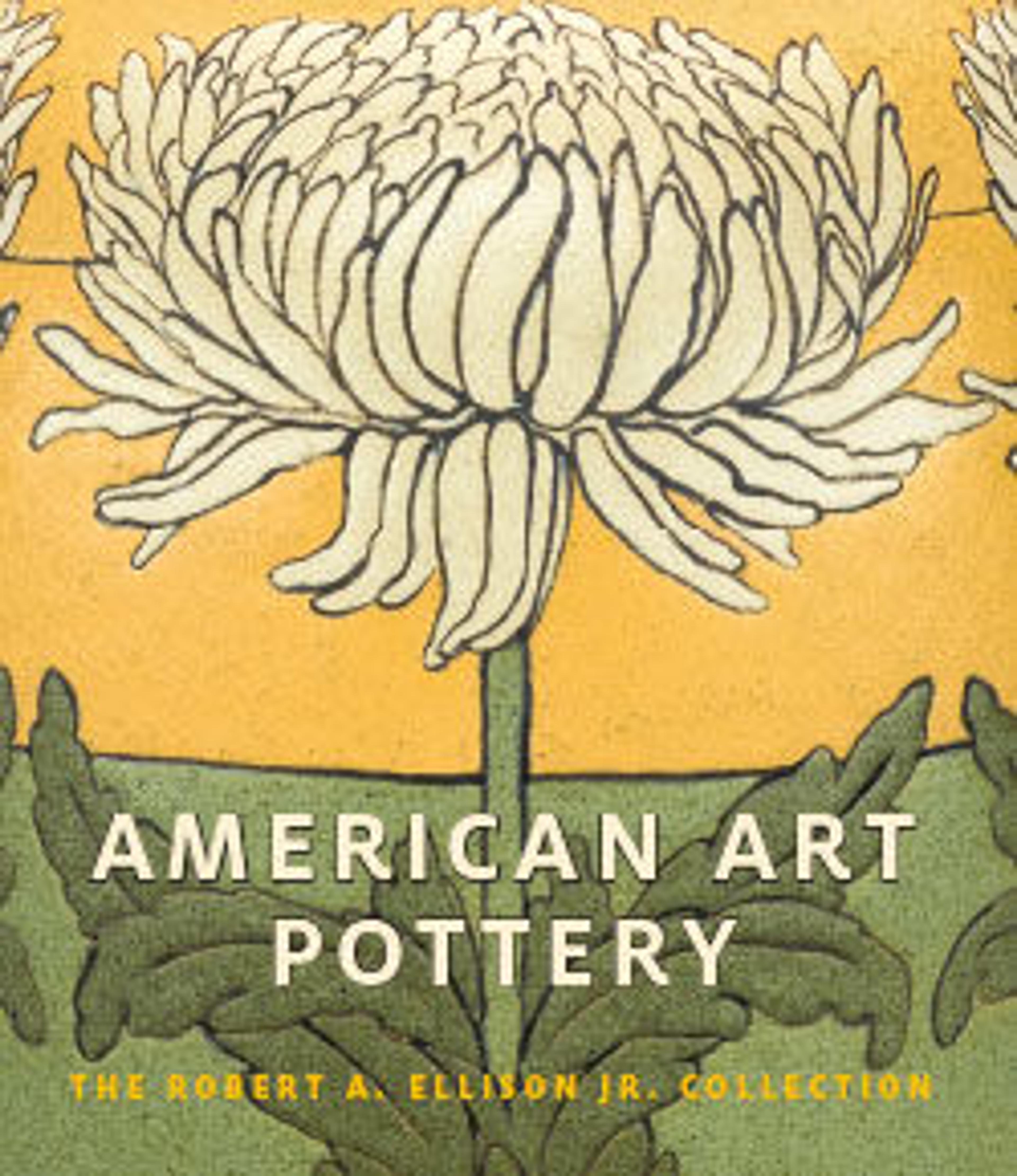Vase
The Paul Revere pottery was one of the important art potteries of the Boston area in the early 1900s, joining the ranks of the Chelsea Keramic Art Works, Grueby Pottery, and Marblehead Pottery. It was founded initially as an association known as the "Saturday Evening Girls," whose purpose was to educate and train young Irish and Italian immigrant girls of Boston's North End. Like a number of potteries that started out as vocational workshops, the Saturday Evening Girls began producing pottery in 1906, and their output was primarily dinnerware, decorated with a band of simple repeated motifs of stylized animals or birds, often in combination with nursery rhymes or mottoes. A very few of the decorators, however, like Sara Galner who decorated this vase, became highly skilled, executing striking floral designs that transcend functional use. Here, she interpreted Queen Anne's lace in a stylized manner with a heavy black outline from several points of view and at varying stages of bloom. Typical of Paul Revere pottery, the design was set on a solid matte ground. This one distinguishes itself by the very effective ground of broad bands of color stepping from white through three shades of blue to a grayish yellow-green that almost merges with the plants foliage revealing the influence of tonalist artist Arthur Wesley Dow.
Artwork Details
- Title: Vase
- Maker: Paul Revere Pottery (1908–1942)
- Decorator: Sara Galner (1894–1982)
- Date: 1915
- Geography: Made in Boston, Massachusetts, United States
- Culture: American
- Medium: Earthenware
- Dimensions: H. 16 in. (40.6 cm); Diam. 9 in. (22.9 cm)
- Credit Line: Purchase, William Cullen Bryant Fellows Gifts, 2000
- Object Number: 2000.31
- Curatorial Department: The American Wing
More Artwork
Research Resources
The Met provides unparalleled resources for research and welcomes an international community of students and scholars. The Met's Open Access API is where creators and researchers can connect to the The Met collection. Open Access data and public domain images are available for unrestricted commercial and noncommercial use without permission or fee.
To request images under copyright and other restrictions, please use this Image Request form.
Feedback
We continue to research and examine historical and cultural context for objects in The Met collection. If you have comments or questions about this object record, please complete and submit this form. The Museum looks forward to receiving your comments.
